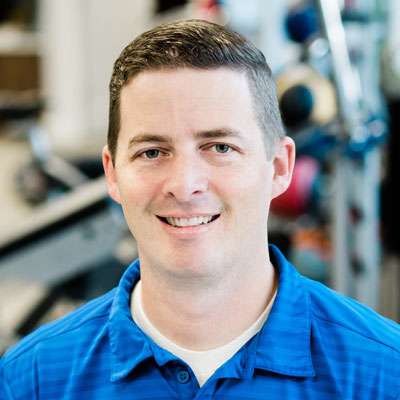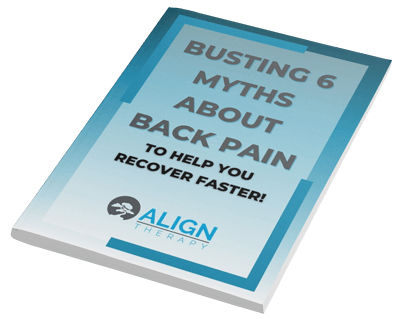A few months ago I went to a course in Denver for education in using the Schroth Method for Scoliosis. This was a six day course of hands-on training and instruction in treating all types of spinal curvatures. I was able to work with other therapists and PTAs to learn this method and then use that knowledge to improve the treatment of my patients with scoliosis. It was an eye opening week and I wanted to share a few of the things that stood out to me as I learned.
The major thing that stood out was the idea of integrating corrective exercises into everyday activities. When patients come to the clinic for treatment we instruct them in postural correction exercises using the Schroth method and I’ve been able to assist with this previously and see it in practice in the clinic.
At my course I learned ways to take these corrections and incorporate them into normal activity. This is something that goes a little above and beyond normal home exercises. Think of it like taking a souvenir with you after finishing your one on one appointment. We get you into the best possible posture during your time working with us, then you get to take some of that home with you.

We don’t want you to simply relax out of correction the moment the exercise stops. Maintaining even a small amount of the correction during the day will be a big variable in how effective your treatment is. This is the difference between doing the exercises and actually changing your habits to affect your posture.
Schroth exercises can feel like the ultimate multitasking challenge. They are multi stage three dimensional corrections involving everything from your legs to your shoulders in order to provide the appropriate forces to correct spinal curvature. As you progress in the exercise you’ll get to a point where the therapist is asking you to hold expansion in one area while pushing outward with your elbows and then contract something else. It’s a lot of work.
It’s not just physically tiring, it is mentally tiring as well. There have been times where patients have asked, “Is all of this really necessary?” Simply put, the answer is yes, but knowing why was so helpful for me.
Here’s an analogy I thought perfectly illustrates the idea of the Schroth exercises. Imagine you’re on a camping trip and you’re setting up a tent. You first lay the tent on the ground and it’s all wrinkled. You stake out the corners and it tightens the floor up, providing a good base to build off of.
If the stakes are in firmly, the tent won’t slide around as you put the poles in. In this case, the stakes are there to provide a foundation like what we do when we use props and positioning during the Schroth exercises. Once you begin adding in the poles they pull the top of the tent up and away from the stakes, creating space inside the tent and expanding the available room for you to climb in and move around.
The poles are like the cues given by the therapist to expand in certain areas. Some tents will have tethers needing tension to further hold the tent tight and upright, pulling against the poles and the stakes and the fabric of the tent to allow rain to slide off and not soak through. This is what happens with muscle activation. Each step builds off the last, each step ensures a secure tent.
If the base is not stable, if you have excessive tension in the tethers, or if you’re missing a pole, you will have a rumpled tent and less space inside to put yourself and your belongings. But if everything is working in harmony, with the tension balanced and the base staked down, you’ll have a secure structure and lots of space to move around, maximizing the tent’s volume.
Think of your therapist as the instruction manual for setting up the tent. They know how tight to pull the lines and which poles go where. They’ll help you get the most out of your tent as you set it up and make sure you’re not missing any crucial camping equipment.
Following my training, I feel increased confidence and peace in this method and its effectiveness. So often, a scoliosis or hyperkyphosis diagnosis can come out of seemingly nowhere and cause all sorts of confusion and frustration. Knowing that there is something you can be actively doing to prevent surgery, supplement bracing, or slow progression is so comforting to a parent or child who receives this diagnosis and feels lost.
When patients receive Schroth therapy, they are given back some control over their treatment. When patients receive Schroth therapy at Align, they have additional support in their corner from all of us here.
Janessa Brink, Physical Therapist Assistant



